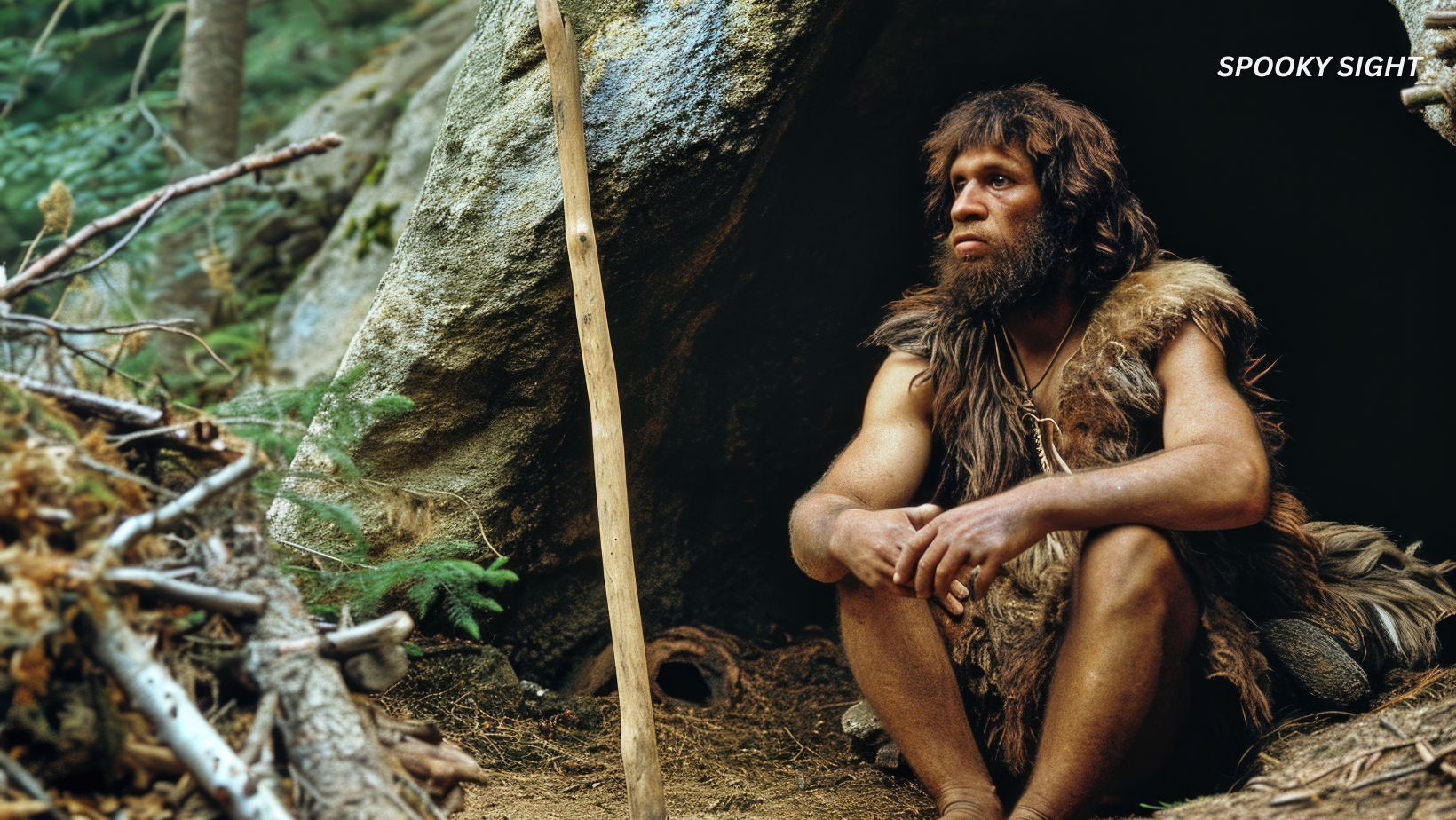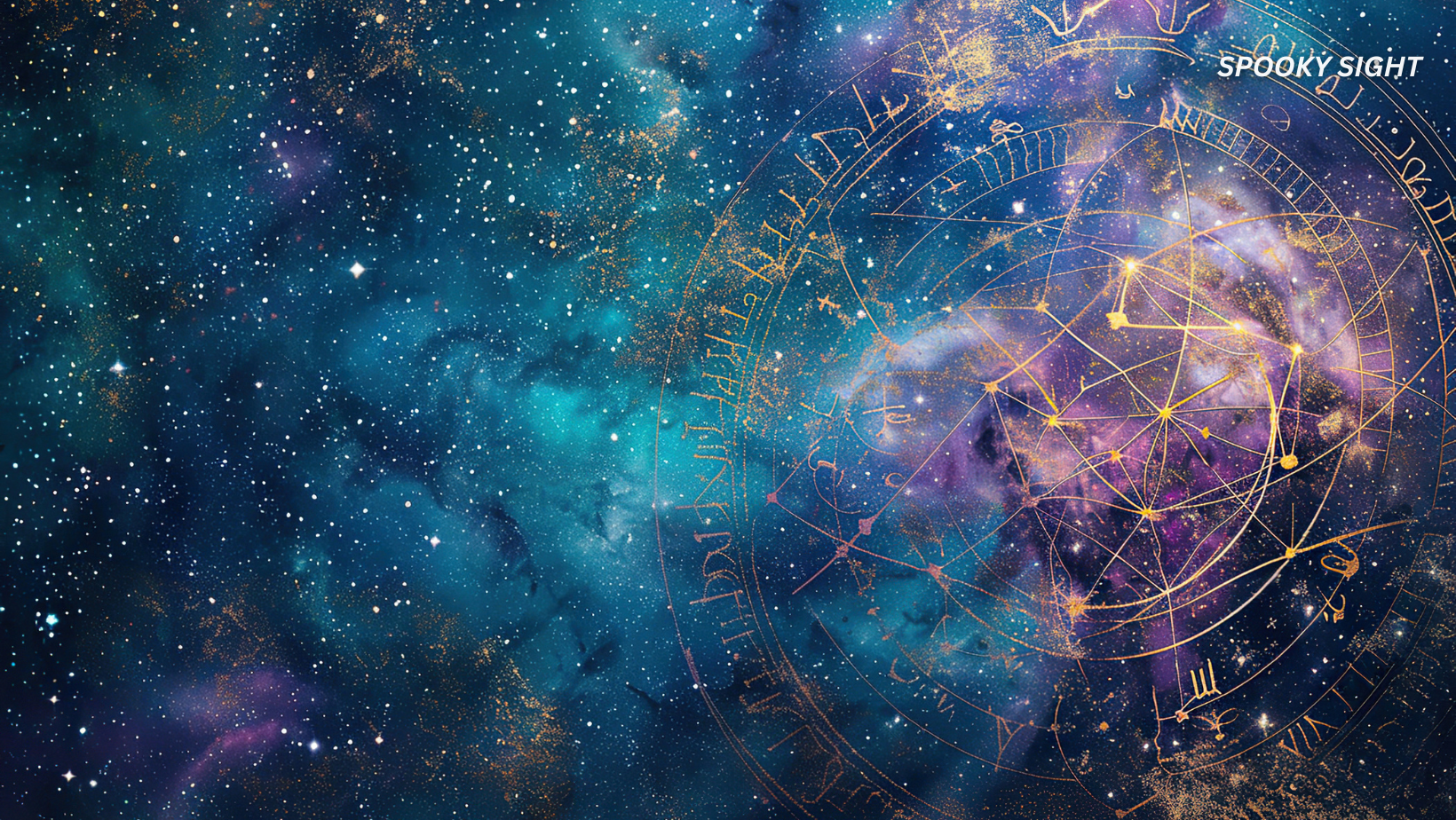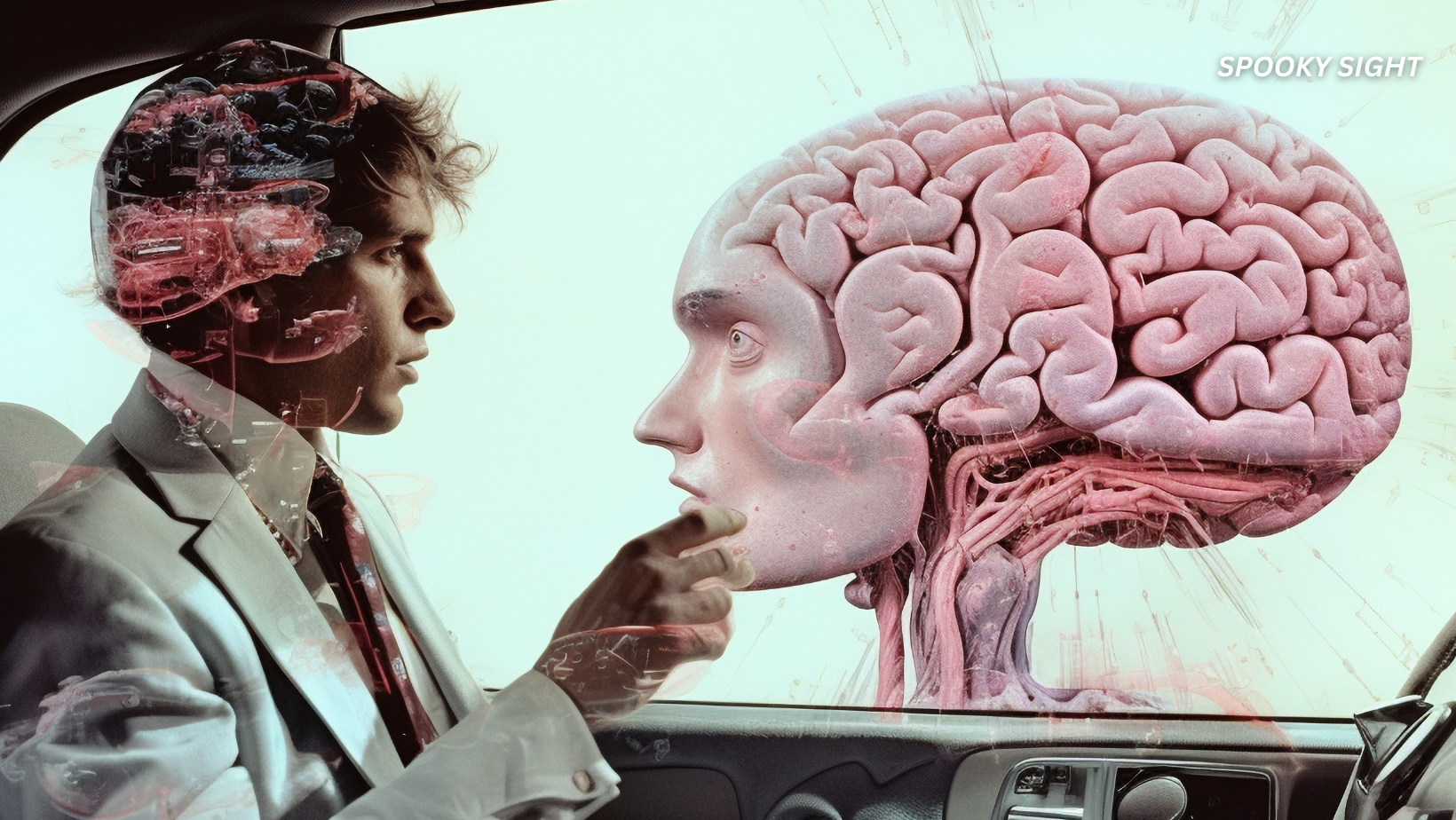When you think of Neanderthals, what comes to mind? Probably stocky figures in animal hides, grunting near campfires while chipping away at stone tools. But what if part of those ancient humans still lives inside you—literally—and may even help explain how some modern brains work?
New research suggests that small bits of Neanderthal DNA still hiding in our genes may be connected to traits seen in autism spectrum disorder. This isn’t science fiction—it’s evolutionary detective work. And it’s reshaping how we view autism, the human brain, and the shared story of our ancient ancestors.
👣 A Long-ago Encounter That Changed Everything
Let’s travel back about 50,000 to 60,000 years. Early humans—Homo sapiens—had just started leaving Africa, exploring unfamiliar lands in Europe and Asia. There, they met another type of human: Neanderthals.
Instead of fighting or ignoring each other, they did something very human. They mingled. They exchanged tools, techniques, and genes. Yes, they had children together.
As a result of this ancient interbreeding, many people alive today—especially those of non-African descent—carry about 1 to 2 percent Neanderthal DNA. That might not sound like much, but in genetic terms, it’s a pretty big deal. Even some people with mostly African ancestry carry traces of these genes, thanks to later migrations.
This mingling didn’t just pass on eye color or immune system boosts. It may have left behind mental fingerprints, too.
🧠 Not All Neanderthal DNA Is Equal
Over tens of thousands of years, our bodies got picky. Many Neanderthal genes weren’t a great match for the modern human blueprint and were naturally filtered out by evolution.
But some slipped through the cracks—especially those related to how our brains process the world around us.
Some of these Neanderthal genes are still active in regions of the brain tied to memory, social understanding, and sensory perception. That’s where the story takes an intriguing turn.
Read more: Scientists Identify Another Early Symptom of Dementia, And it’s Shockingly Common
🔍 Autism Clues in Ancient Code
A research team from Clemson University and Loyola University wanted to see if these ancient genes were doing more than just lingering—they wondered if they were actually influencing how some brains work today.
They studied the complete genomes of three groups:
- People with autism
- Their non-autistic siblings
- Unrelated people from diverse backgrounds
What they discovered was that people with autism were more likely to carry specific Neanderthal genetic variants, especially in brain-related regions. It wasn’t about having more Neanderthal DNA in total—it was about carrying the right (or rather, specific) ancient fragments.
These fragments seemed to influence how different areas of the brain “talk” to each other. In particular:
- Visual processing areas were more active—suggesting sharper focus or heightened detail awareness.
- The default mode network (the part of the brain that helps with social thoughts, imagination, and daydreaming) was quieter.
Sound familiar? Many people on the autism spectrum report exactly this combination: a razor-sharp eye for detail, and a brain that prefers patterns over small talk.
🧬 A Brain Built for Focus
The researchers didn’t stop at genes. They used brain scans (functional MRIs) to see how these Neanderthal-linked genes played out in real life.
And the results were striking. Even in people without autism, those who carried the same Neanderthal gene variants showed stronger activity in visual areas and less activity in regions tied to social thinking.
In other words, these genes might shape a brain that’s:
- More tuned in to what it sees
- Better at planning step-by-step
- Less focused on social chit-chat
This could explain why some autistic individuals excel in fields like mathematics, engineering, coding, music, or visual art. Their brains may be wired—literally—to observe, analyze, and create in ways that others might overlook.
🔨 A Link to Neanderthal Skills?
Interestingly, these same traits show up when archaeologists study Neanderthal tools. One famous method, called the Levallois technique, involved carefully shaping stones into tools through a series of planned steps. It required:
- Strategic thinking
- Spatial reasoning
- Extreme focus
Sound familiar? It’s the kind of mental toolbox that many autistic individuals today are celebrated for.
So, rather than thinking of autism-related traits as new or “modern,” researchers are beginning to wonder: Could these traits be ancient human strengths?
Read more: A Wall In A 15th-Century Church Collapsed, Releasing 12 Buried Skeletons Stashed Inside
🧩 Autism Is Not Caused by Neanderthals—But There’s a Link
Let’s make one thing clear: this study does not claim that Neanderthal genes cause autism.
Autism is a complex spectrum, influenced by:
- Genetics (many different genes—not just Neanderthal ones)
- Environment
- Brain development during pregnancy and childhood
- Even diet, infections, or chemical exposure during key stages of growth
What this study shows is that a few specific Neanderthal DNA fragments may slightly increase the odds of certain autism-related traits developing—especially those tied to perception, social interaction, and brain connectivity.
🌍 A Global Legacy of Neurodiversity
What’s especially fascinating is that autism exists everywhere—across cultures, continents, and lifestyles. That universal presence suggests it’s not just a modern phenomenon, or a result of parenting styles or screen time.
This study offers a deeper explanation: autism may be a natural part of human diversity, baked into our DNA for tens of thousands of years.
And if that’s true, then neurodiversity—different ways of thinking, feeling, and experiencing the world—isn’t a glitch in the human code. It’s part of the design.
🧩 Families and Inherited Talents
Many families with autistic children notice something interesting: the same traits often show up in parents, siblings, aunts, or uncles.
There might be clusters of:
- Analytical thinkers
- Visual artists
- Logical problem-solvers
- Deeply focused hobbyists
This study helps explain those patterns. The Neanderthal gene variants associated with autism may also appear in non-autistic family members, contributing to a broader family talent pool that includes creativity, precision, and focused thinking.
🔬 What’s Next for Science?
The scientists behind the study hope their work will open the door to:
- More research on how ancient human interbreeding shaped modern minds
- Better clinical understanding of autism
- Customized tools and therapies based on each person’s genetic profile
Future projects may also explore whether Neanderthal genes play a role in other neurodivergent conditions like ADHD, dyslexia, or anxiety. And researchers want to see how these ancient genes interact with modern-day environments, from noisy cities to screen-heavy lifestyles.
Read more: Intelligence on Earth Has Evolved Independently at Least Twice: Scientists
Your Brain, Your Legacy
You’re not just the product of your parents or grandparents. You carry within you the echoes of a much older story—one that includes cave-dwellers, stone tools, and survival in icy forests.
Your brain, with all its quirks and strengths, might be shaped by ancient encounters that happened long before written language or civilization.
Whether you’re neurotypical or neurodivergent, whether your thoughts race or wander, it’s worth remembering: your mind is a living fossil—beautifully unique, impossibly complex, and part of a legacy that spans thousands of generations.
(Featured image: Freepik.)









